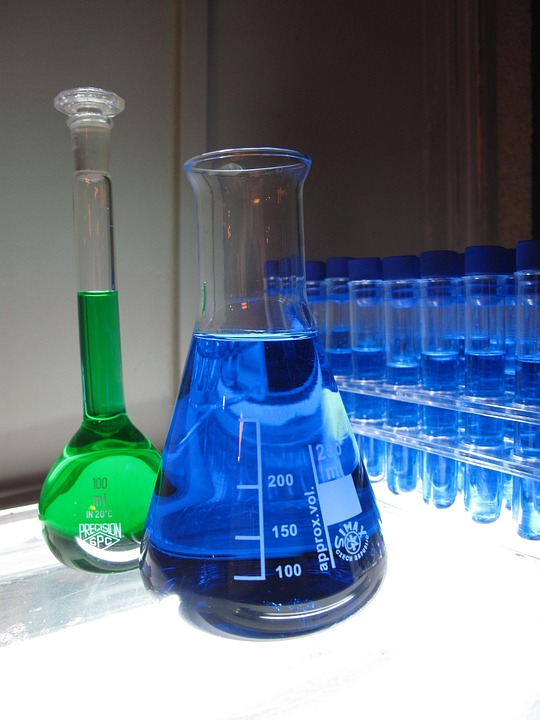Crafting a Standout Resume for Your Career as a Research Chemist in the UK
Creating a compelling CV as a research chemist is essential in a competitive job market. It’s not merely about listing your qualifications; it’s about telling a story that resonates with potential employers. Here’s a guide to ensure your CV stands out amidst the sea of applications.
1. The Essential Header
Your CV should open with a bold header that includes your name, contact information, and LinkedIn profile if applicable. Make it easy for recruiters to reach out. A professional email address, ideally one that includes your name, is a must.
2. Personal Statement: Your Professional Snapshot
In a brief paragraph, encapsulate your career journey, highlighting your passion for chemistry and your research interests. This isn’t just a formality—this is your chance to engage the reader right from the start. Use dynamic language to describe your expertise and what you bring to the table. For instance, you might say, “A dedicated research chemist with over five years of experience in organic synthesis, committed to advancing sustainable solutions in pharmaceuticals.”
3. Core Competencies: Skills that Shine
Create a section dedicated to your key skills. Think beyond the technical—while proficiency in chromatography or spectroscopy is vital, don’t neglect your soft skills. Consider including:
- Analytical Thinking
- Data Interpretation
- Team Collaboration
- Problem Solving
- Project Management
This blend of skills showcases you as a well-rounded candidate, adept not only at the bench but also in collaborative settings.
4. Professional Experience: The Heart of Your CV
When detailing your professional experience, focus on achievements rather than just responsibilities. Use bullet points for clarity, and quantify your successes wherever possible. For example:
- Led a team in developing a novel drug formulation that resulted in a 20% increase in bioavailability.
- Conducted over 50 successful experiments, contributing to a groundbreaking research paper published in a peer-reviewed journal.
Using action verbs such as “spearheaded,” “developed,” and “optimised” adds dynamism to your descriptions, making your contributions more tangible.
5. Education and Qualifications: Your Academic Foundation
List your academic qualifications in reverse chronological order. Highlight any relevant research projects or dissertations, especially those that align with the roles you’re applying for. If you have additional certifications, such as Good Laboratory Practice (GLP) or Health and Safety training, include those too—they can set you apart from the competition.
6. Additional Sections: What Makes You Unique?
Consider adding sections that reflect your personality and interests. Whether it’s publications, presentations, or professional memberships, these details can paint a fuller picture of who you are. Perhaps you’ve attended international conferences or participated in community science outreach—these experiences demonstrate your commitment to the field beyond the lab.
Making It Visually Appealing
Don’t underestimate the power of aesthetics. A clean, professional layout enhances readability. Use consistent font styles, appropriate headings, and ample white space to guide the eye. Stick to a two-page limit; brevity is key in keeping the reader’s attention.
Tailoring Your CV
Remember, one size doesn’t fit all. Customise your CV for each application by aligning your skills and experiences with the specific role and company culture. Research the company’s values and adjust your language accordingly to reflect their ethos.
Creating a standout CV as a research chemist in the UK involves a blend of clarity, creativity, and strategic storytelling. With these elements in place, you’re well on your way to capturing the attention of hiring managers.
CVPortal continues to bring you a plethora of high-quality resume references to guide you on your professional journey.


